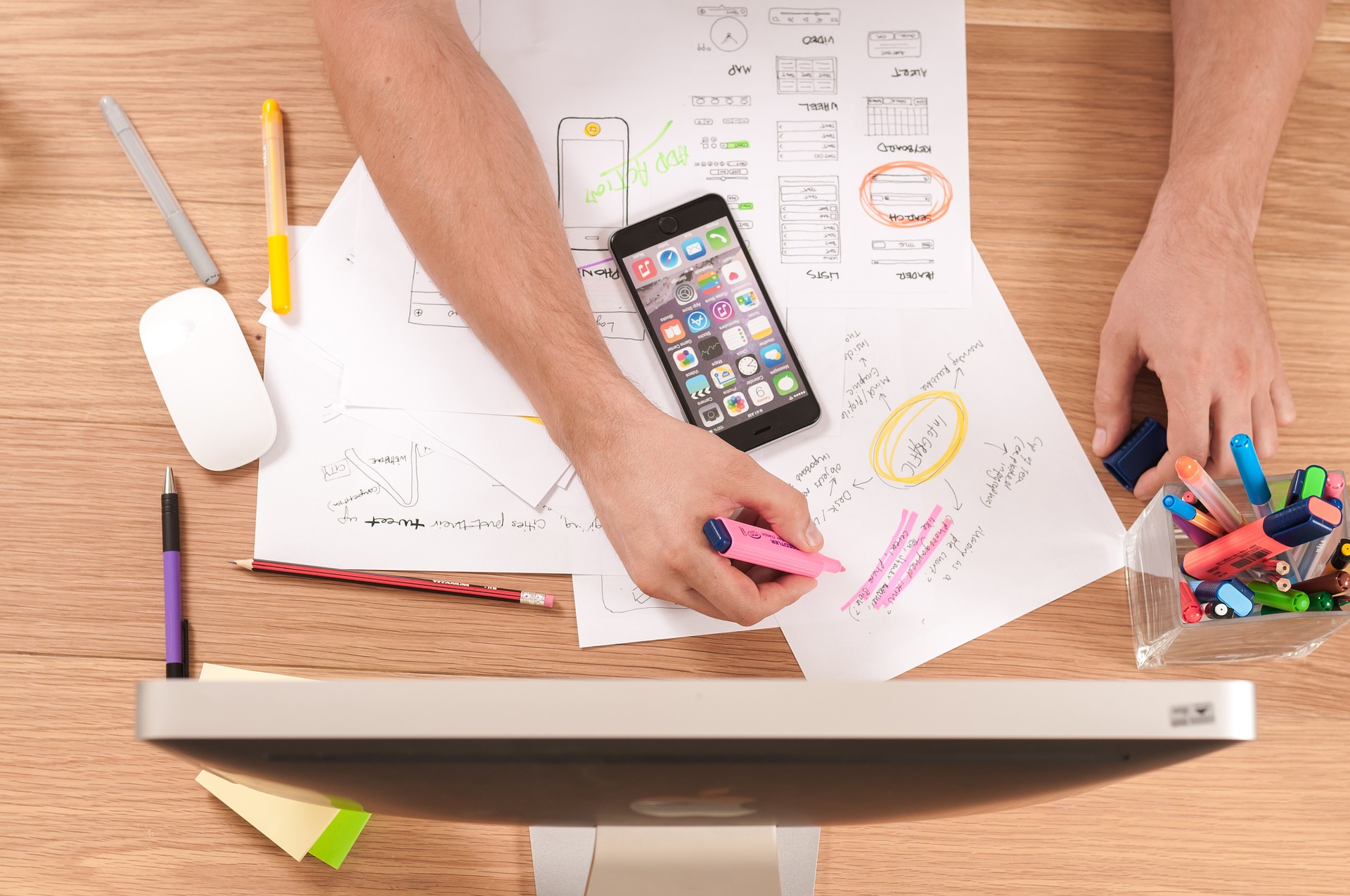
To be technically savvy in today’s society is the part and parcel of being up to date with the latest trends. However, once in a while you bump into words everybody uses, but somehow you missed what the hype in the beginning was all about. Often in the tech-field you can hear terms such as UX/UI design, simply because these two are omnipresent in every assignment and sometimes a little bit surprisingly is that they are not only related to virtual projects, but also to material ones. In this article, we will provide you with the basic information about what an UX design is.
First and foremost, let’s decode what the stands behind the abbreviation of UX- User Experience. And when it comes to the design part of the equation, it simply implies that there is a creativity aspect of the term, too. All in all, the UX design is related to everything that affects a user’s interaction with a product. This includes the process when the UX designer should be involved with answering the following questions: What, Where, How, Why, When and most importantly Who!? Moreover, the product may vary, it can be a website, an app, a web application and so on. Nevertheless, the process of user experience design is obviously closely related to the customer/user and it doesn’t matter if it’s intentional or not, but somebody always decides on how the human and the product will interact. The psychological aspect of this task is immense, thus it takes a lot of trials and errors to really develop the full potential of the product so as to match the requirements of the business owners and the customers. Therefore the UX design is the necessary bridge between the needs of the business and the needs of the users. Every project is very specific and every designer’s way of work differs, so the definition of the UX design is diverse, too. However, there are few steps that everybody considers prior to the release of the final project:
Design – Toughest step for sure, the more complex the system, the more intricate the planning has to be. If you make a mistake here, the project is bound to fail immediately. UX designers not only propose design patterns that are used on other websites, but also they develop custom patterns specifically orientated towards the needs of the ongoing project.
Build – The more technical part. A UX specialist might make a study to compare the effectiveness of experience of different user interfaces. Based on his/hers findings, the UX designer can develop wireframes of different layouts and then focus on the building of prototypes.
Launch – The almost ready version of the project is launched to the public. Start of the deadly anticipation!
Measure – Evaluating the effectiveness of a UX design using quantitative measures is an excruciating task. This is because the field is subjective as UX deals with users’ emotions,so it is impossible to measure it the way you can , for instance, with page views or loading speed. Instead, the results are gathered through the indirect analyzis of the revenue levels, page views and surveys of users.
Go through these steps again! Because this is a non-stop cycle that you should check all over again every time you think you are done with your task.
Conclusion: In today’s fierce competition online, it is vital for the users of your platform to fully satisfy their needs. For a second, place yourself in the shoes of the customers, wouldn’t you like it to easy navigate through a website and to feel good when you see how orderly and color coordinated the web platform is? Of course you would enjoy it! Therefore, the job of the UX designer is pretty important and responsible, so as to let the product thrive in the competitive environment. The UX design is something that humans unconsciously do for decades, however now is the time to fully delve into this universe of creativity and possibilities.
If you are looking for design services for your small and medium business, you could check Top Branding Companies
